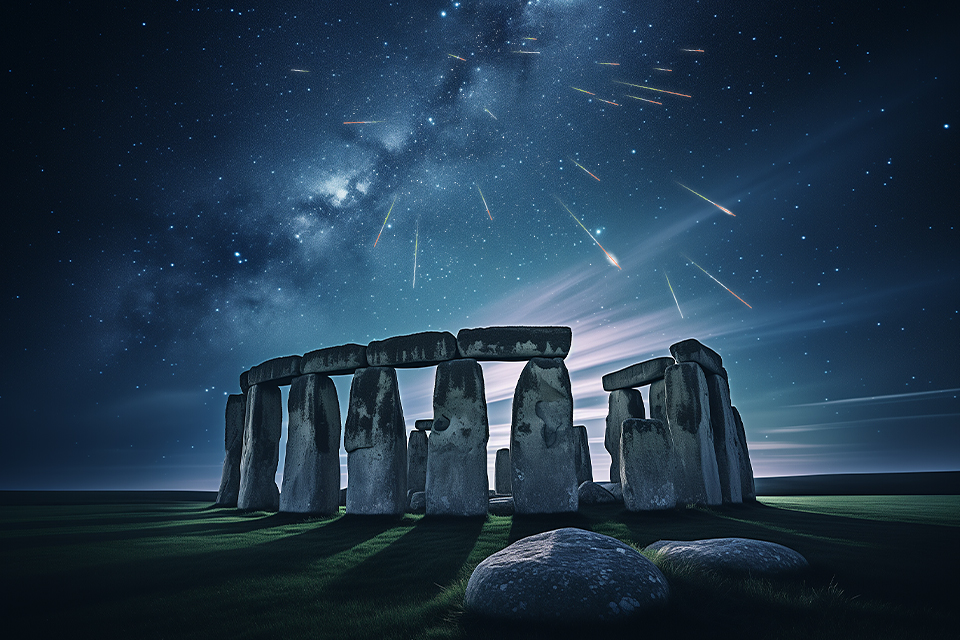The most famous astronomical event of December, the winter solstice, is not really an impressive sight, although under certain conditions you can even try to see it with the naked eye (if you monitor the sunrise and sunset points daily or the length of the shadow of a tall building at noon). But, in addition, the last month of the year has prepared for us some more interesting events. Firstly, it is the Geminid meteor shower, which is considered the most powerful regular shower in the Earth’s sky. Secondly, the asteroid Vesta, the second largest and most massive object in the Main Asteroid Belt, will be in opposition on the solstice. Its brightness at this time will reach the 6th magnitude.

Finally, do not forget about December 25 (this day we now officially celebrate Christmas), when the short-period comet Tsuchinshan 1 will be in perihelion. At the end of January, it will come close enough to the Earth, so it will be possible to observe it with small amateur telescopes. This will be its closest approching since its discovery, i.e., since 1965.
December 1
- The Moon is 2° south of Pollux (β Geminorum, 1,2ᵐ)
December 4
- The Moon is 4° north of Regulus (α Leonis, 1,3ᵐ)
- The Moon is at its apogee, 404,347 km from Earth
- Mercury in the greatest easterly elongation (21°16’ from the Sun)
December 5
- The Moon is in the last quarter phase
December 7
- The Moon covers the star of η Virginis (3,9ᵐ)
December 9
- The Moon is 5° east of Spica (α Virginis, 1.0ᵐ)
- The Moon is 4° south of Venus (-4.1ᵐ)
December 12
- New Moon
December 14
- Maximum activity of the Geminid meteor shower (up to 100 meteors per hour)
December 16
- The Moon is at perigee, 367,900 km from Earth
December 17
- The Moon is 4° west of Saturn (0.9ᵐ)
December 19
- The Moon is in the phase of the first quarter
- The Moon is 2° south of Neptune (7,9ᵐ)
December 22
- Winter Solstice
- Asteroid Vesta (4 Vesta, 6.1ᵐ) in opposition
- The Moon is 2° north of Jupiter (-2.7ᵐ)
- Mercury is in lower conjunction with the Sun
December 23
- The Moon is 2° north of Uranus (5,7ᵐ)
- The Moon covers the star Botein (δ Arietis, 4,3ᵐ)
- Maximum activity of the Ursid meteor shower (up to 10 meteors per hour)
December 25
- Comet Tsuchinshan 1 (62P/Tsuchinshan) at perihelion, 1,265 AU (189 million km) from the Sun
December 27
- Full moon
December 28
- Mercury (1,8ᵐ) is 3.5° north of Mars (1.4ᵐ)
- The Moon is 3° south of Pollux
December 31
- The Moon is 4° west of Regulus
Follow us on Twitter to get the most interesting space news in time
https://twitter.com/ust_magazine


